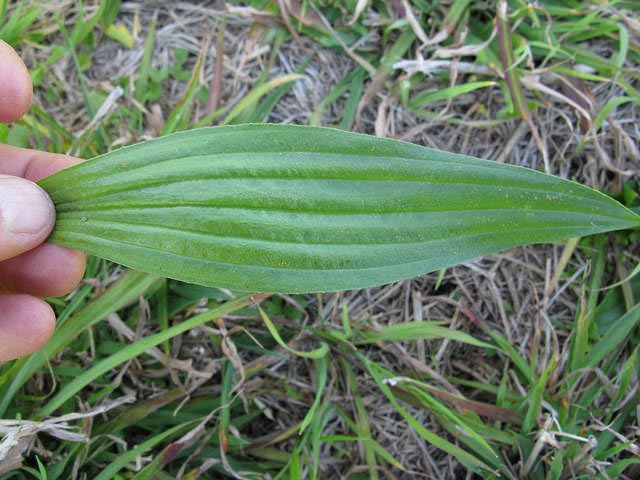
Did you know your garden is hiding all sorts of nutritional and medicinal gems?
From curing heartburn, cystitis and coughs to providing free protein, vitamins and minerals, common weeds have some truly amazing benefits. Sadly, most people simply dig them up, mow them down or kill them in various ways.
Why not take a look at what’s really growing in your backyard? With delicious recipes included for each ‘weed’, you might just think twice about adding them to the compost heap.
Chickweed (Stellaria media)
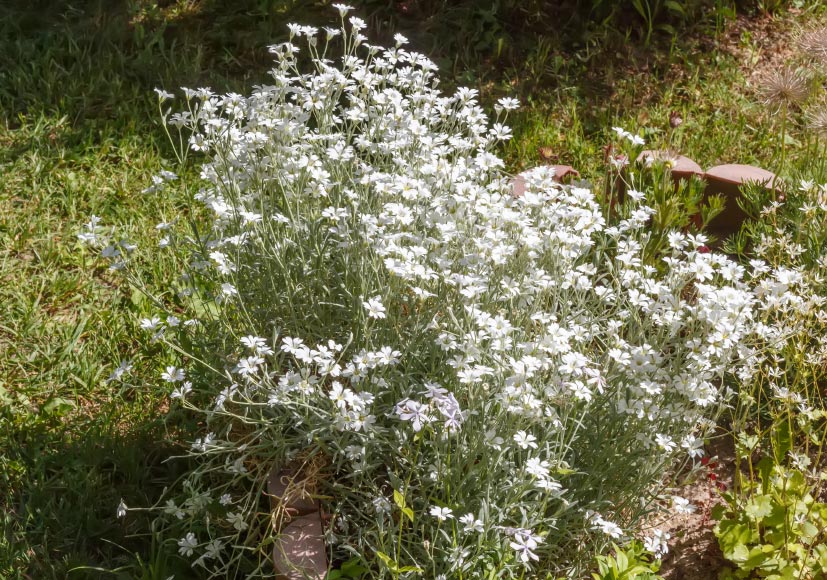
This garden weed is a great source of vitamins A, D and C, as well as iron, calcium, potassium, phosphorus and zinc! Chickweed has a delicate flavor, much like spinach, and works well when freshly picked and added to sandwiches and salads. If you don’t like the taste, you can still reap the benefits by hiding it in soups and stews.
Medicinally, chickweed can be used as a topical treatment for minor cuts, burns, eczema and rashes. It’s also a mild diuretic and is said to relieve cystitis and irritable bladder symptoms.
Why Not Try: these delicious looking Chickweed Pakoras?
Chicory (Cichorium intybus)
This light blue flower lives as a wild roadside plant. Despite its somewhat bitter taste, chicory leaves are commonly consumed in certain parts of Europe, including Italy and Greece.
Try boiling the leaves first before sautéing or adding to dishes as that will remove some of the bitterness. Roots can be baked, ground, and added to coffee or even used on their own as a coffee substitute.
Chicory is well known for its toxicity to internal parasites and can also be used as a tonic to stimulate appetite, act as a diuretic, cure an upset stomach and help with constipation. It’s believed to protect the liver and help with gallbladder disorders.
Why Not Try: this authentic Italian side dish, White Beans with Chicory?
Curly Dock (Rumex crispus)
Curly dock is one of the hardiest and most widespread weeds, so you should have no trouble finding a source. The leaves are high in beta-carotene, vitamin C, and zinc ensuring good immunity, and the seeds are rich in calcium and fiber.
The stems of the curly dock can be peeled and eaten either cooked or raw, and the mature seeds can be roasted to make an earthy, warm drink.
Why Not Try: Curly Dock Seed Crackers with Wild Herbs?
Daisies (Bellis perennis)
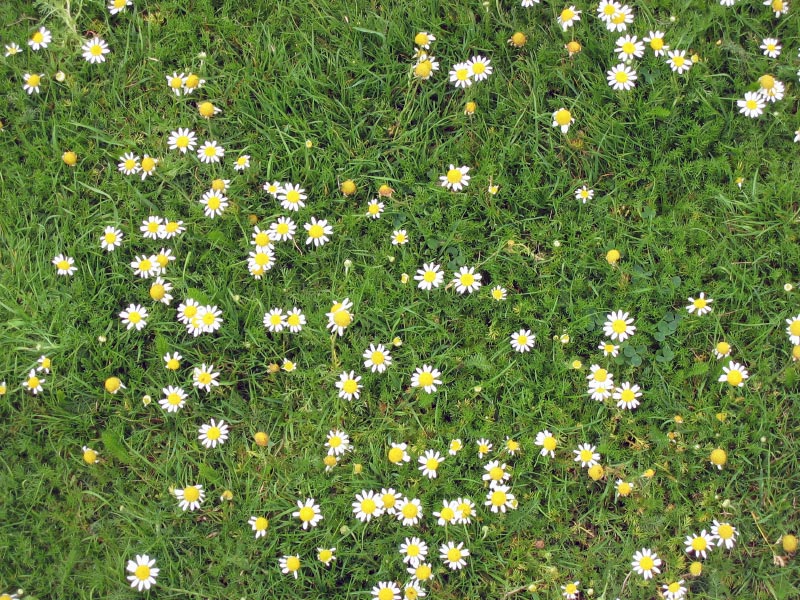
Not just for making daisy chains, the greens and petals of this common garden flower can be eaten either raw or cooked, although some find the flavor a little bitter.
Daisies have been brewed into a tea and used in traditional Austrian medicine for gastrointestinal and respiratory tract disorders. They also have anti-inflammatory properties.
Why Not Try: Sautéed Daisy Greens With Roasted Baby Beetroots?
Dandelion (Taraxacum)

Probably the most well-known of all weeds, the humble dandelion is actually bursting with vitamins A, B, C, and D, as well as minerals such as iron, potassium, and zinc. The great news is that there’s probably a ton of this nutritious weed in your backyard.
Dandelion has been used throughout history to treat everything from liver problems and kidney disease to heartburn and appendicitis. Today, it is mainly used as a diuretic, appetite stimulant and for the liver and gallbladder.
Every part of this common weed is edible, from the roots to the blossoms. Use the leaves in sandwiches and stir fries – they boast more beta carotene than carrots, meaning they are great for healthy eyes! Roots can be made into a herbal tea, or roasted and ground as a coffee substitute. The sweet flower heads will add color to salads and can be used to make wines.
Why Not Try: this Creamy Quesadilla Recipe with your Dandelion Greens?
Garlic Mustard (Alliaria petiolata)
Part of the mustard family, this particular plant is considered an invasive species in North America. However, it brings with it a lot of great health benefits – aside from being a good source of vitamin A and C, Garlic Mustard is popular as a diuretic, helps with weight maintenance, improves heart health, lowers cholesterol and strengthens the immune system.
Historically it was used to flavor salt fish but it’s also really flavorsome when mixed with mashed potatoes, soups or salads.
Why Not Try: a Garlic Mustard Pesto or Mayonnaise?
Elderflowers (Sambucus nigra)
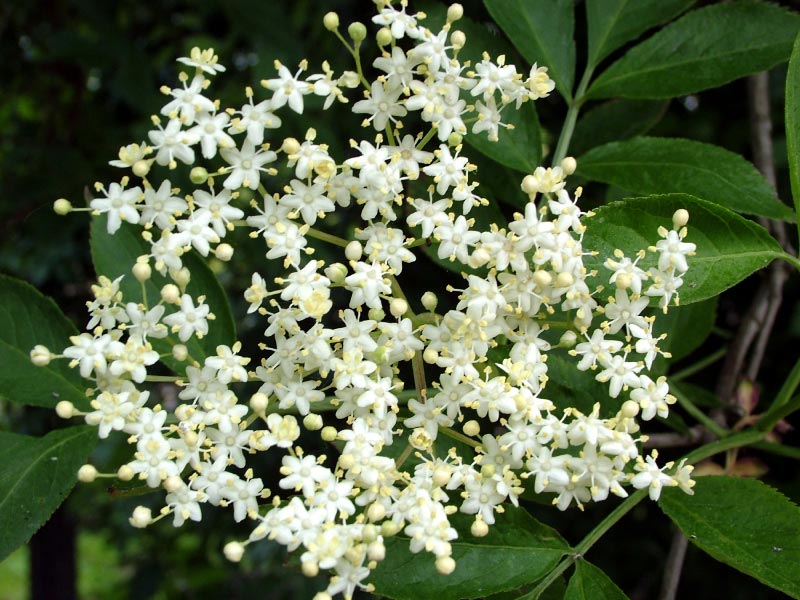
The truly versatile Elder is not exactly a weed but is quite a common wild tree, especially around rivers and lakes. The flowers can be collected in spring to make elderflower cordial, soda or champagne. With a refreshing, mild taste, they’re great when paired with apple or pear. Dry the flowers in bunches to make a tea.
Once the flowers on the tree die off, the green berries can be picked (before they ripen) and pickled to make elderberry capers. Make sure to leave some, as the ripened berries make a delicious balsamic vinegar.
The leaves, flowers, fruits, and root extracts are used by herbalists to treat bronchitis, cough, colds, flu and fever. Studies have shown that the wild plant is effective in treating influenza.
Why Not Try: a classic Elderflower Cordial?
Lamb’s Quarters (Chenopodium album)
This rapidly growing summer weed produces black seeds which are related to the protein-rich superfood quinoa. Much like their cousin, the seeds of lamb’s quarters are a great source of protein, along with providing vitamin A, calcium, phosphorus, and potassium. Harvesting these seeds does take a little dedication though!
If that seems like too much work, don’t worry – you can also enjoy the young shoots and leaves of the plant. Whether raw or sautéed, they make a great replacement for spinach and are just as nutritious.
Medicinally, a tea made from the leaves is said to help with digestion issues and stomach aches.
Why Not Try: waking up to a Lamb’s Quarters Breakfast Ramekin? (Even tastier when using eggs from your own backyard!)
Common Mallow (Malva)
Unlike its name suggests, the flavor of this plant is nothing like marshmallow. Tea made from common mallow root forms a gelatinous mixture, which is soothing for the digestive and genitourinary tracts.
Like many of the other weeds listed, the leaves are better tasting when eaten young and can be cooked in place of other greens. The seed pods are also edible and contain an impressive 21% protein.
Why Not Try: a Wild Celery & Common Mallow Soup?
Purslane (Portulaca oleracea)
A nutritional powerhouse, Purslane contains more omega-3 fatty acids than any other leafy vegetable. It’s rich in vitamins A, C, E as well as magnesium, calcium, potassium and iron. In traditional Chinese medicine, purslane leaves are used for insect bites and bee stings, sores, diarrhea and hemorrhoids.
With a somewhat sour and salty flavor, it’s an acquired taste, but works great in soups and stews. Try breading and frying the leaves for a tempura style side dish.
Even though this weed happily grows in sidewalk cracks, try looking for some that’s a little less trampled – you’ll probably find some in your garden.
Why Not Try: a Turkish Borak with a Purslane twist?
Plantain (Plantago major)
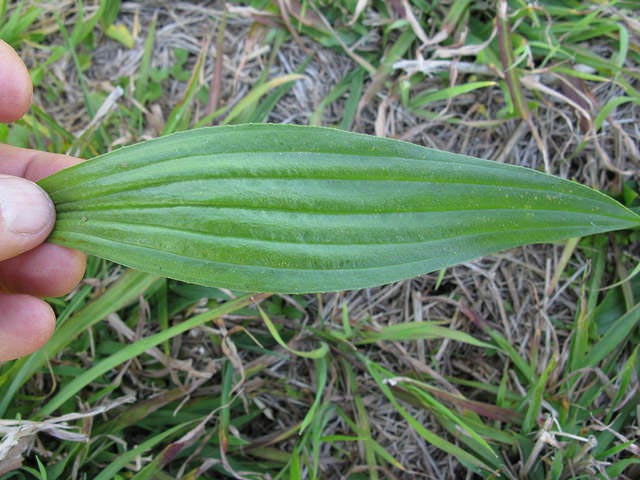
Image Credit: Harry Rose @ Flickr
Not to be confused with the banana-like Caribbean fruit, this common weed can be used topically to treat burns, stings and other wounds.
While the young leaves are tasty either raw or cooked, the older leaves are a bit tough and unpleasant tasting (but there’s nothing to stop you eating them if you wish). 100 grams of plantain contains the same amount of vitamin A as a large carrot, and is very rich in vitamin B1 and riboflavin.
Research shows plantain is beneficial in treating bronchitis, sore throats and cold symptoms.
Why Not Try: whipping up some homemade dough for a Broadleaf Plantain Pizza?
Red Clover (Trifolium pretense)
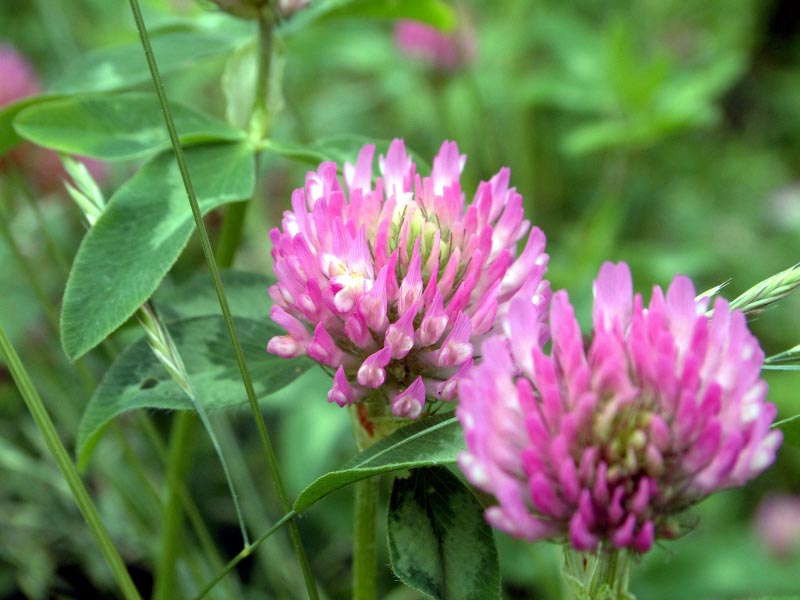
You might have noticed that this pretty pinky-red flower attracts all the bees to your garden. It’s not just a great source of food for them, but also for you!
Traditionally used in India for its anti-inflammatory properties, Red Clover has also been used as a folk remedy for cancer. However, as the American Cancer Society states there is no evidence to back this claim up, it’s best to enjoy red clover simply as a source of calcium, chromium, magnesium, niacin, phosphorus, potassium, thiamine, and vitamin C.
Because it’s also a rich in isoflavones, chemicals that act like estrogens in the body, go easy on your intake. Small amounts of raw clover leaves or the flowers can be added to salads, sautéed or pan roasted.
Why Not Try: this pretty and delicious Red Clover Lemonade?
Sheep Sorrel (Rumex acetosella)
A close relative of curled dock and wood sorrel, the sheep sorrel plant is often found in overgrown backyards.
A good source of vitamin C and E, historically sheep sorrel has been used to treat inflammation, diarrhea and even scurvy. It’s also used to treat urinary tract infections, to maintain blood sugar levels and to support the liver.
Because of the potassium oxalate levels, this weed shouldn’t be eaten in excess but small amounts liven up soups, salads and stir fries with their lemony and tart taste. It’s also fantastic when paired with seafood or chicken.
Why Not Try: this simple French Sheep Sorrel sauce?
Stinging Nettle (Urtica dioica)
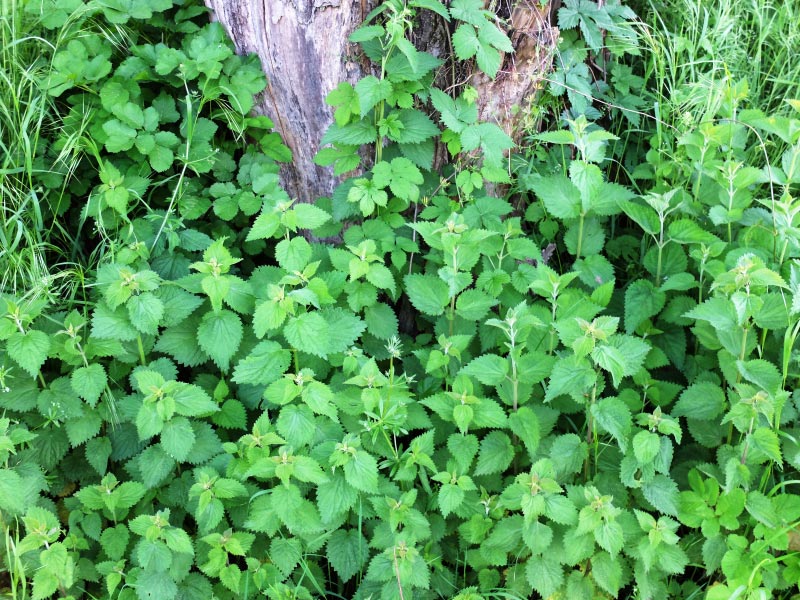
Another popular medicinal weed, you’ll require gloves or thick skin when picking this! It’s used for urination problems and kidney stones, joint ailments and as a diuretic. The leaves are also said to help fight allergies and hay fever.
Nettles are rich in vitamins A, B2, C, D, and K and have important nutrients like antioxidants, amino acids and chlorophyll. They’re also a good source of calcium, potassium, iodine, manganese, and especially iron.
Boiled nettle makes a side dish similar to collard greens and is great when added to omelets. You can also make some delicious dips, teas, soups and pesto.
Why Not Try: something a little different with this Wild Nettle Beer?
Wild Amaranth (Amaranthus)
This summer annual weed is a great source of free protein if you take the time to collect and prepare the seeds. The leaves of wild amaranth are delicious and delicately flavored when pan fried, or added to any dish that calls for leafy greens.
Cooked amaranth leaves contain vitamin A, vitamin C, and folate; with lesser amounts of thiamine, niacin, and riboflavin, and some minerals such as calcium, iron, potassium, zinc, copper, and manganese. And the grains are comparable to wheat germ and oats in terms of nutritional value – an all-round great weed to have in the garden!
Wild Garlic (Allium ursinum)
Something all foragers hope to come across, wild garlic is a great find. With delicate white flowers and thin shoots, this useful ‘weed’ is delicious when used in a homemade pesto. It can also be used in place of chives or green onion, and added to salads, sandwiches and soups.
Just like the garlic we’re used to buying in the store, the wild variety also boasts antibacterial, antibiotic, antiseptic and antifungal properties. Of all the garlics, wild garlic has been found to have the greatest ability to lower blood pressure.
Why Not Try: this quick and easy Pasta with Wild Garlic Sauce?
Wild Violets (Viola)
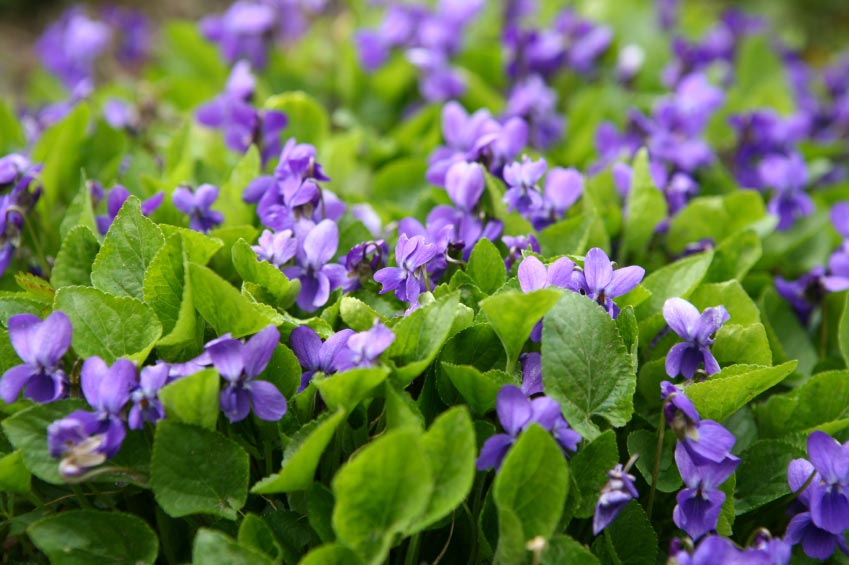
While you may know this as the flower you purposely planted in your garden, it also grows in the wild and is considered a weed by some – although a very eye-catching one.
The mild tasting leaves and stems can be eaten either raw or cooked. Leaves can be dried for a tea which has mild laxative qualities and the flowers can be added to vinegar for a homemade dressing, or simply sprinkled on salads.
Why Not Try: Crystalizing the Blossoms for an easy way to jazz-up homemade cakes?
Wood Sorrel (Oxalis montana)
Often spotted in the shade alongside houses and fences, the heart-shaped leaves of the wood sorrel are reminiscent of a shamrock. These leaves are high in vitamin C and have diuretic and cooling properties meaning they are useful to treat urinary tract infections and fevers. Wood sorrel is also used for indigestion or as an appetite stimulant.
As the stems are difficult to chew, it’s best to just enjoy the leaves, flowers and seedpods – which have a mild lemony taste (sorrel meaning sour!). Wood sorrel works well with fish and in salads.
High in oxalic salts, this particular weed should be avoided by those with kidney disorders.
Why Not Try: this impressive Wood Sorrel and Onion Tart with Gruyere Cheese?
Before you rush out to pick plants for your dinner, make sure you know what’s what. This article is intended only as a guide to share with you all the wonderful weeds lurking in your lawn. Because so many plants can look alike, and some can have poisonous properties, it’s always best to thoroughly read up on the subject, take a guided foraging trip or consult an expert.
